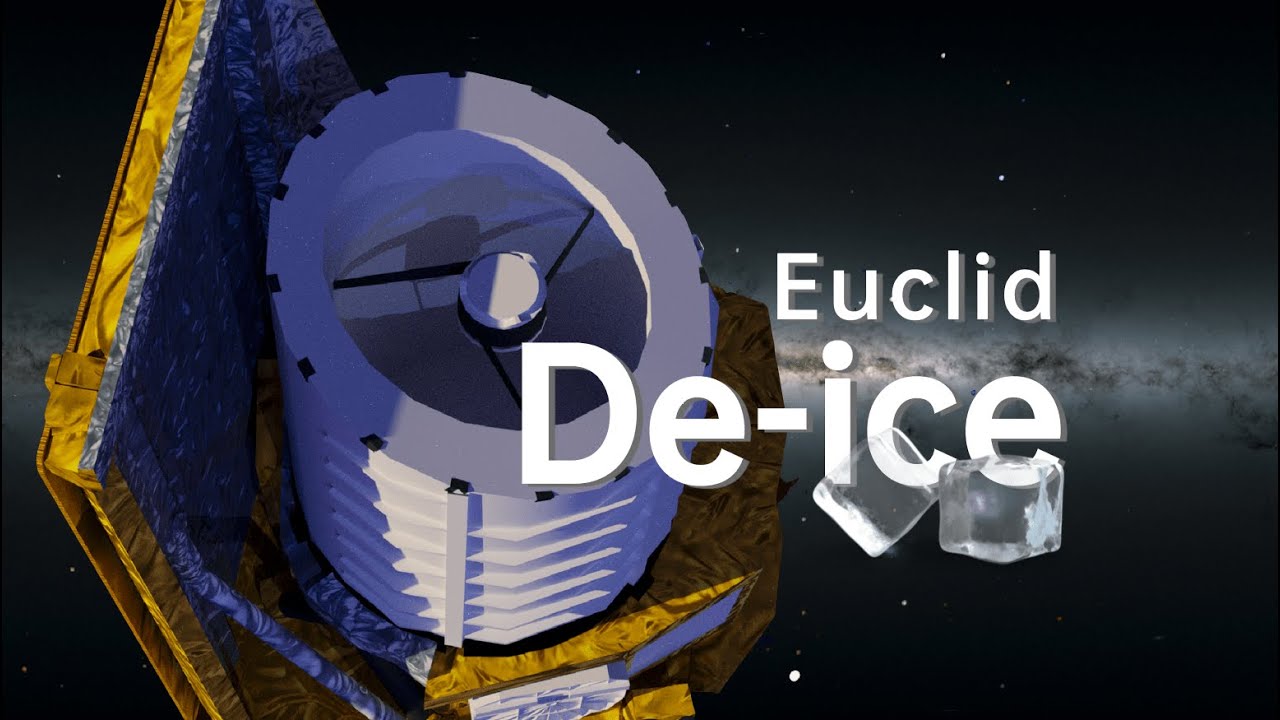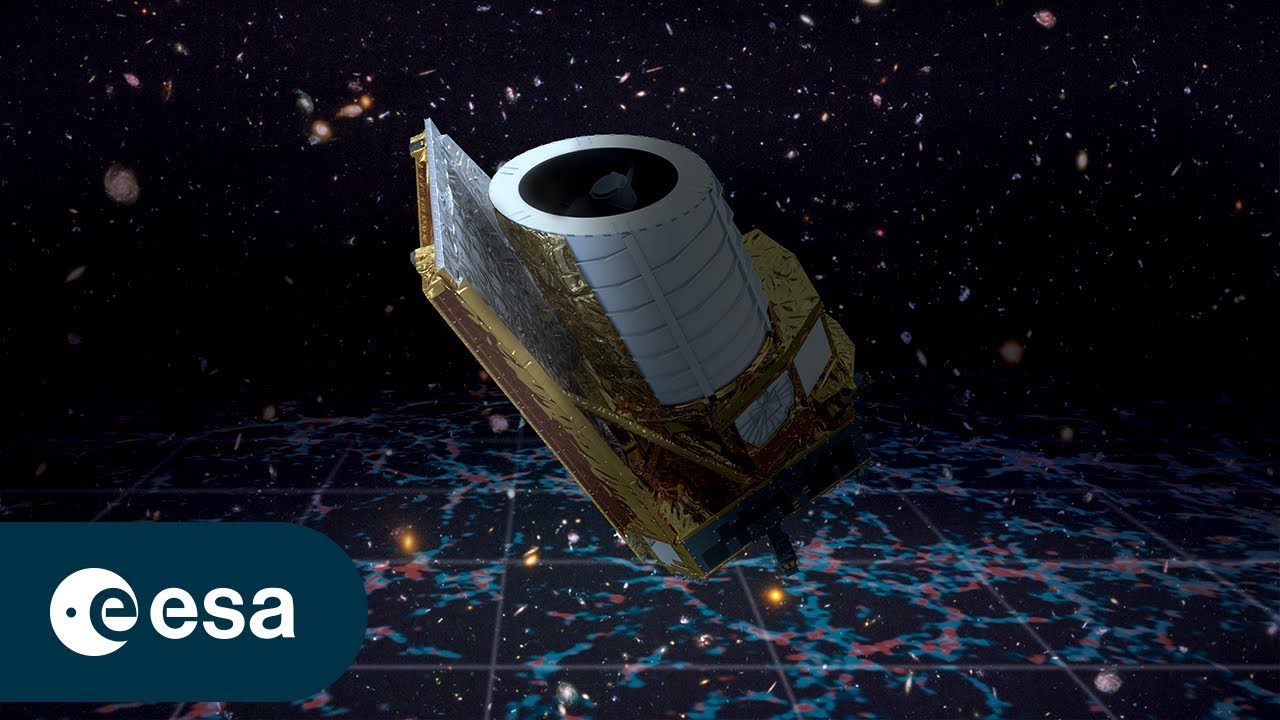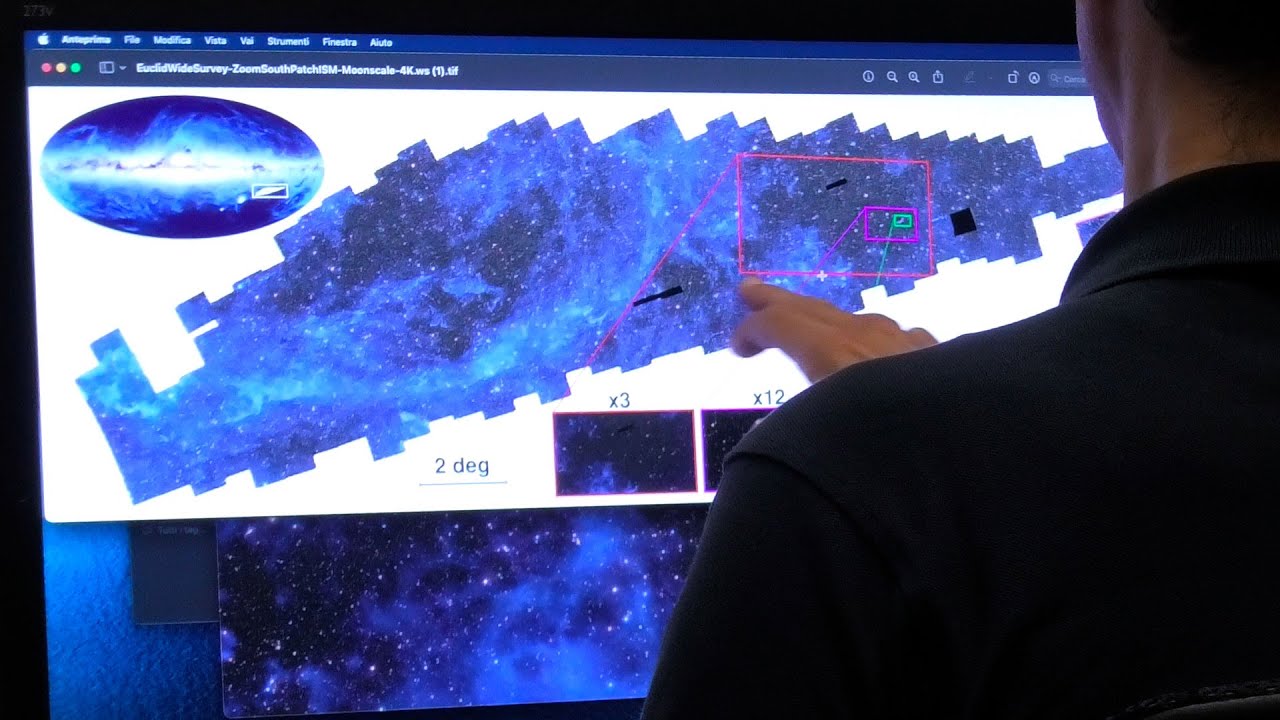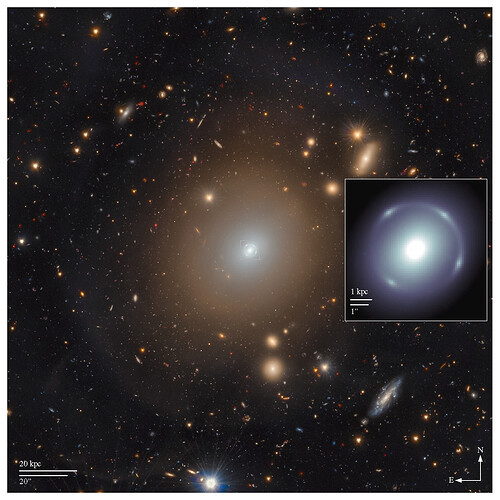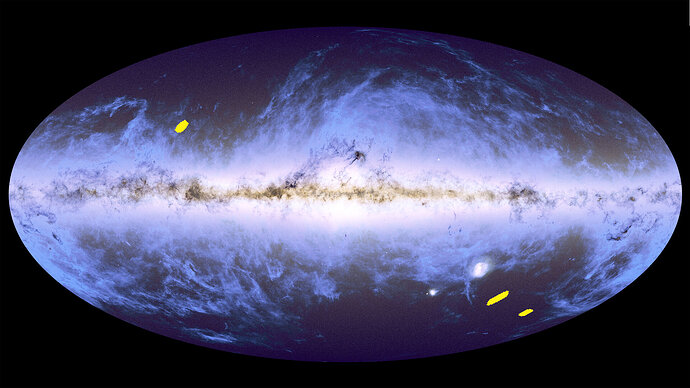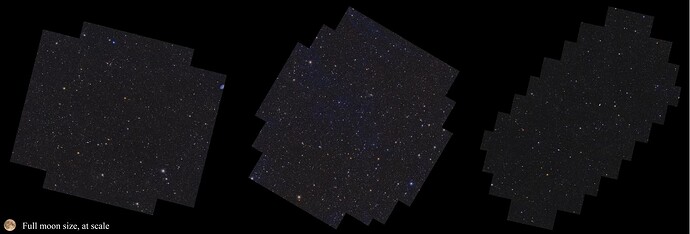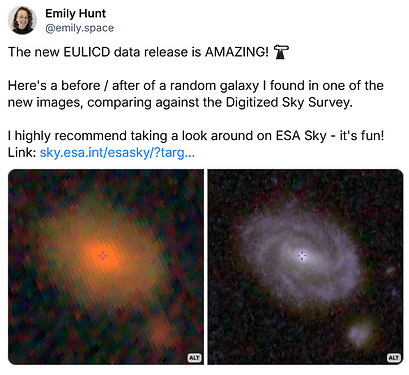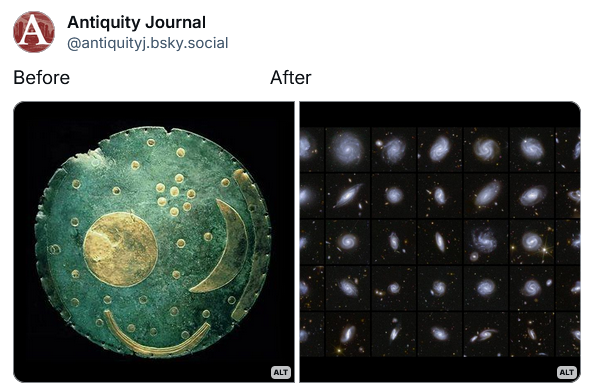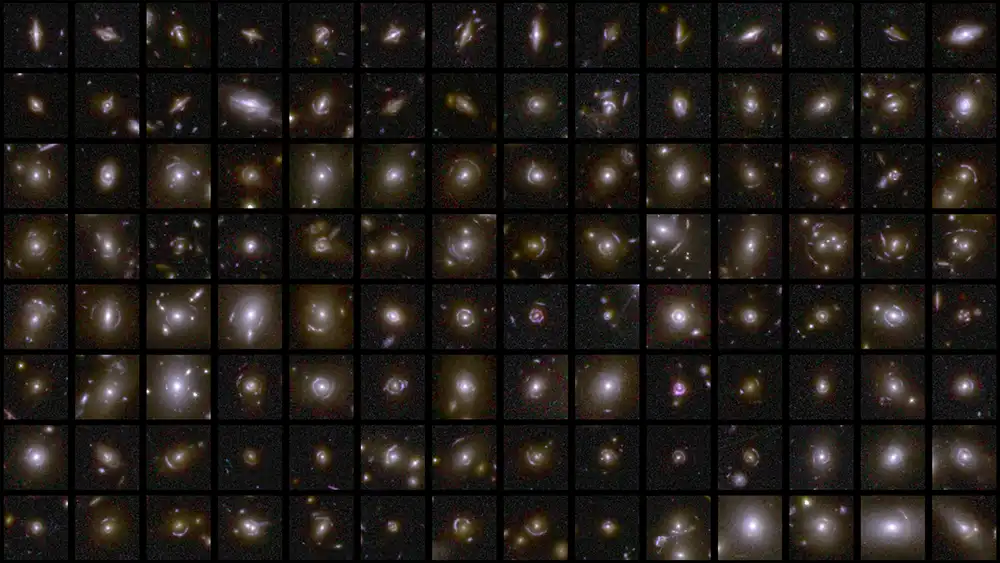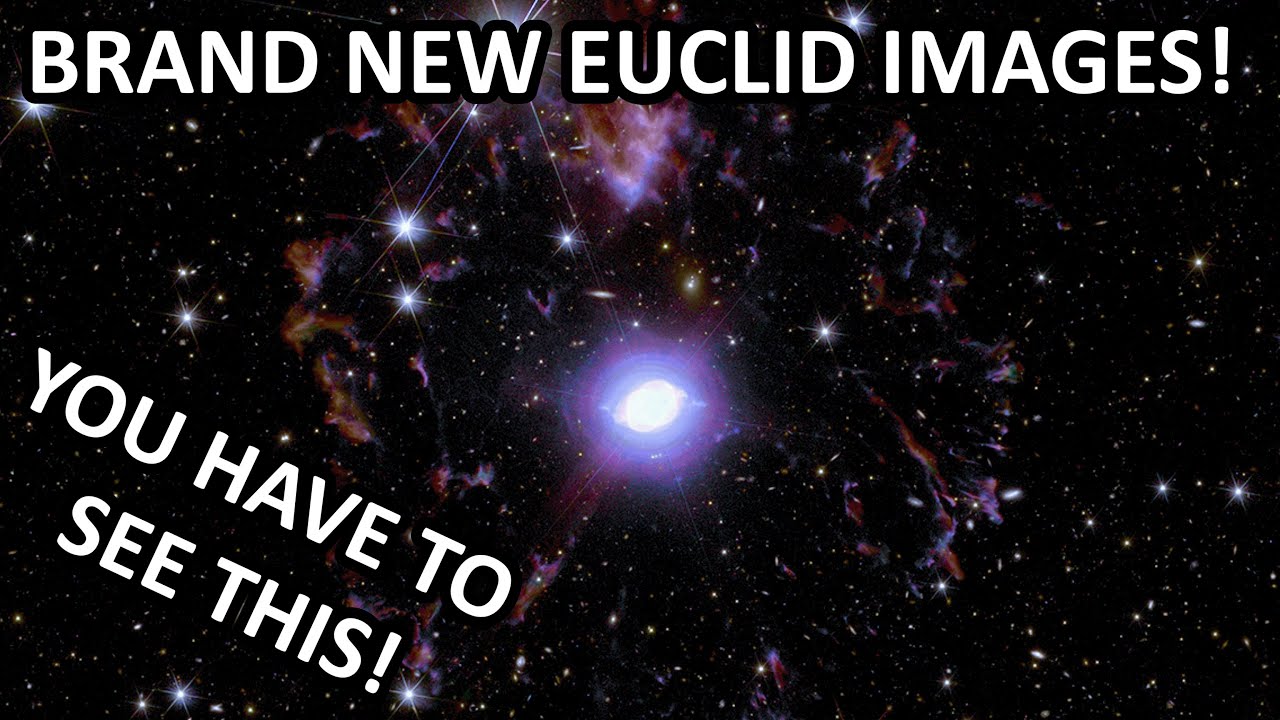Spero che una sola decontaminazione basti, e non tocchi ripeterla come in Gaia… ![]()
Operazione andata a buon fine!
“Our primary suspect, the coldest mirror behind the main telescope optics, was heated from -147°C to -113°C. It didn’t need to get hot, because in a vacuum this temperature is enough to quickly evaporate all the ice. And it worked like a charm! Almost immediately, we were receiving 15% more light from the Universe. I was certain that we would see a considerable improvement, but not in such a spectacular way.”
Video dall’Euclid Consortium (Featured Guest: Mischa Schirmer - Euclid Calibration Scientist, MPIA)
![]()
Nuovo articolo di Matteo Deguidi pubblicato su AstronautiNEWS.it.
Nuove immagini in arrivo, il tempo di sviluppare il rullino ![]()
https://twitter.com/Euclid_FR/status/1791096343814934868
Il secondo dataset sarà rilasciato il 23 maggio.
La diretta sarà visibile qui:
Inoltre:
Thursday will also see the release of ten scientific papers related to the EROs; they will appear on arXiv on Friday 24th May. These will be the first science results from the Euclid mission.
Thursday will also see the publication of five papers from the Euclid Consortium. These will be the principal technical reference papers aimed at the astronomical community about the Euclid mission, covering the instruments, cosmology and other astronomy science possibilities, as well as the cosmological simulations used to assist the analysis of the mission.
Tratto da:
Via Peter Coles che è nell’Euclid Consortium:
Edit. Mi sono accorto soltanto ora che oltre all’Euclid Consortium su Mastodon è attiva anche ELSA - Euclid Legacy Science Advanced analysis.
" ·
I primi risultati scientifici di #Euclid sono straordinari e si basano complessivamente su appena 24 ore di dati.
Da un solo giorno d’osservazioni gli astrofisici del consorzio Euclid sono riusciti a estrarre un catalogo con oltre 11 milioni di oggetti in luce visibile e altri 5 milioni in banda infrarossa."
Ecco perché conviene investire in nuovi telescopi invece di pensare a mantenere il buon vecchio HST ![]()
Nuovo articolo di Matteo Deguidi pubblicato su AstronautiNEWS.it.
Linko un video sul risultato di una scansione durata 14 giorni di una porzione di cielo da parte della missione Euclid (presentata allo IAC)
A corredo l’articolo di ESA.
E di NASA
Un video di approfondimento molto interessante realizzato da Media Inaf intervistando Massimo Meneghetti, ricercatore dell’Istituto nazionale di astrofisica a Bologna.
Dice TgR Leonardo del 16/10/2024…
Missione da 1,4mld di €.
Il frutto, mostrato allo IAC, di due settimanedi osservazioni è
208GigaPixel, che per mostralo a piena risoluzione tutto insieme servirebbero oltre 25.000 televisori4K uno accanto all’altro.
E corrisponde all’1% della ricerca, la mappa di un terzo d’universo, che Euclid ambisce a fare.
…“25.000”! Che fo, mi fido?
corretto, 4K sono circa 8.3 Mpx
Einstein Ring completo, visto da Euclid già in una delle immagini raccolte prima dell’inizio dell’attività scientifica.
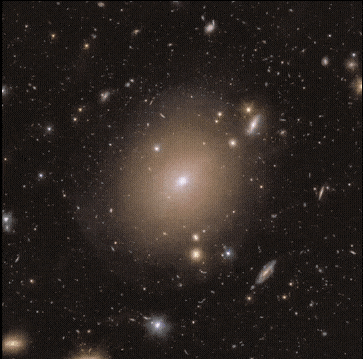
ESA/Euclid/Euclid Consortium/NASA, image processing by J.-C. Cuillandre, T. Li
During this early testing phase, in September 2023, Euclid sent some images back to Earth. They were deliberately out of focus, but in one fuzzy image Euclid Archive Scientist Bruno Altieri saw a hint of a very special phenomenon and decided to take a closer look.
“I look at the data from Euclid as it comes in,” explains Bruno. “Even from that first observation, I could see it, but after Euclid made more observations of the area, we could see a perfect Einstein ring. For me, with a lifelong interest in gravitational lensing, that was amazing.”
However it is beyond astonishing that the first lens is very nearby, actually located in an NGC galaxy – from the New General Catalogue of nearby galaxies – and that it shows a perfect Einstein Ring of the source galaxy. The lens galaxy is NGC 6505, located at redshift z=0.042, corresponding to a distance of only 590 million light-years. Only five similarly nearby other gravitational lenses are known so far, but none in such a prominent galaxy. NGC 6505 has been known since the year 1884, but no-one up to now was able to take an image as clear as Euclid has done. Follow-up spectroscopy with the Keck telescope on Hawaii and its KCWI integral-field spectrograph showed the source galaxy to lie at redshift z=0.406, or about 4.5 billion light-years distance from us.
I link dove visualizzare / scaricare le due immagini:
L’animazione sopra è stata pubblicata da Euclid UK.
Il paper:
Il 19 verranno presentati i primi dati raccolti da Euclid.
Edit 19.03
Il collegamento per la diretta.
The European Space Agency is releasing the first catalogue of astronomical data from the Euclid space telescope, including three new enormous image mosaics with zoom-ins.
I comunicati di ESA e del consorzio Euclid:
Euclid has scouted out the three areas in the sky where it will eventually provide the deepest observations of its mission. In just one week of observations, with one scan of each region so far, Euclid already spotted 26 million galaxies. The farthest of those are up to 10.5 billion light-years away. […]
But the first glimpse of 63 square degrees of the sky, the equivalent area of more than 300 times the full Moon, already gives an impressive preview of the scale of Euclid’s grand cosmic atlas when the mission is complete. This atlas will cover one-third of the entire sky – 14 000 square degrees – in this high-quality detail.
This graphic shows the location of the Euclid Deep Fields (yellow). This all-sky view is an overlay of ESA Gaia’s star map from its second data release in 2018 and ESA Planck’s dust map from 2014. Credit: ESA/Euclid/Euclid Consortium/NASA; ESA/Gaia/DPAC; ESA/Planck Collaboration
Credit: ESA/Euclid/Euclid Consortium/NASA, image processing by J.-C. Cuillandre, E. Bertin, G. Anselmi
I tre deep field sono esplorabili su ESASky:
Before / After:
Before / After (bronze age edition ![]() ):
):
Left. The Nebra Sky Disc, a Bronze Age find that might be the oldest known depiction of the cosmos. It features the sun, moon, and perhaps the Pleiades. Credit: Dbachmann / CC BY-SA 3.0
Un articolo di Sky and Telescope.
![]() Euclid Observatory Opens Cosmic Treasure Trove
Euclid Observatory Opens Cosmic Treasure Trove
Using artificial intelligence, followed by citizen-science inspection, expert vetting, and modeling, Euclid scientists created a first catalog of 500 galaxy-galaxy strong lens candidates, almost all of which were previously unknown. Credit: ESA / Euclid / Euclid Consortium / NASA; image processing by M. Walmsley, M. Huertas-Company, J.-C. Cuillandre
Il video commento di Chris Pattison, Institute of Cosmology and Gravitation (ICG) Portsmouth.
